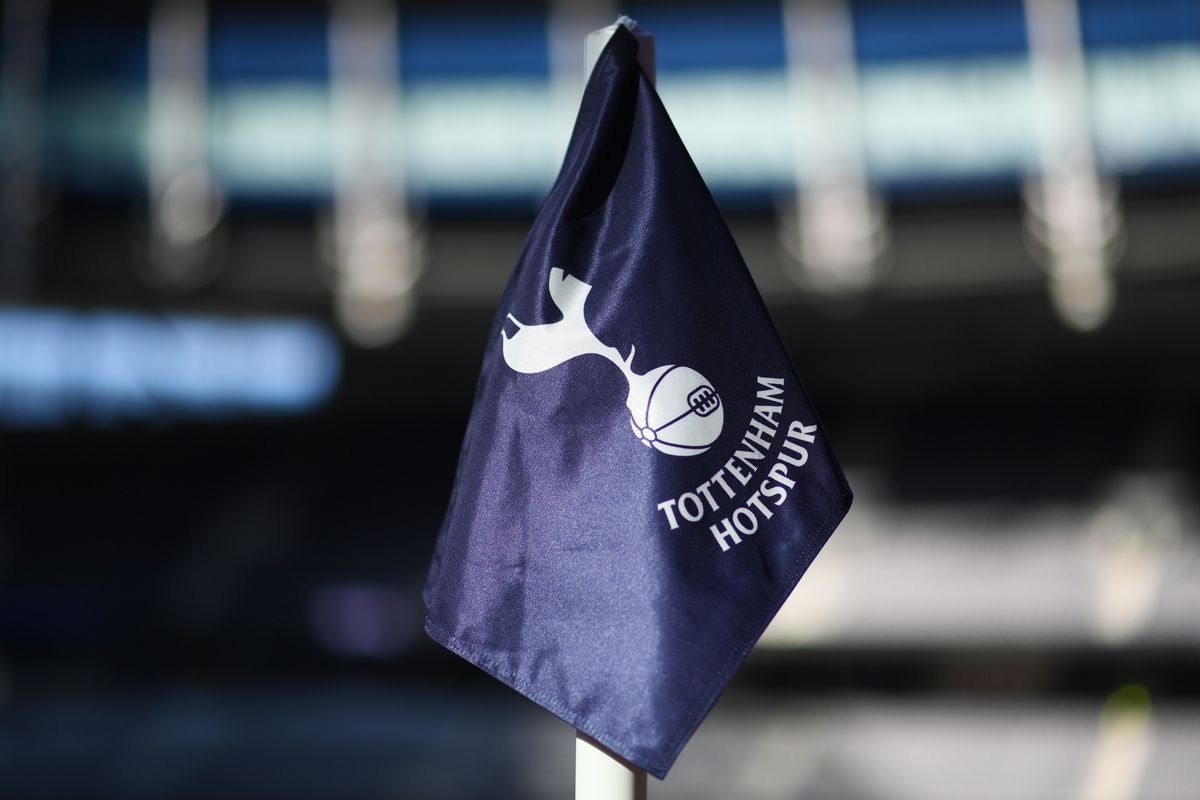Former Premier League referee Mark Halsey has questioned the decision to appoint Jon Moss as the referee for the Championship playoff final.
Moss is from Yorkshire, like Huddersfield Town, meaning some fans may well have questioned his ability to be neutral in this big game at Wembley.
Nottingham Forest won the game, and though Halsey isn’t questioning Moss’ integrity, he feels he got some key decisions wrong and there were better options to take charge of this match.
“It’s great to see an historic club like Nottingham Forest back in the Premier League, but Huddersfield can count themselves a bit unlucky in yesterday’s playoff final,” Halsey told CaughtOffside.
“The first penalty incident when Harry Toffolo was cautioned for simulation after Jack Colback’s challenge, I don’t understand why VAR did not recommend a review. It certainly wasn’t simulation.
“Also Max Lowe’s challenge on Lewis O’Brien was a definite penalty. Jon Moss didn’t have the ultimate viewing angle as he had players in his eyeline which is why VAR should have recommended a pitch-side review.
“There was clear contact and Huddersfield can feel hard done by that once again, a spot-kick was not given.
“I think a referee from west Yorkshire refereeing a west Yorkshire side … listen, you can never question the integrity of a referee, because once you cross that white line you focus on refereeing both teams and whatever’s in front of you.
“What I would question, though, is the appointment of Jon Moss for this game. There are plenty of other referees, better referees, who could’ve done this game. It’s a a massive, massive game, worth £200million to the winner. You have to put your best referee in for these kind of games.
“I feel a bit for the Championship refs – they’re refereeing it all season and there must have been a select group from there who could’ve officiated this game. For me, it should’ve been Michael Oliver or Anthony Taylor.
“We saw two penalty decisions going against Huddersfield. I’m not questioning Jon Moss, but he cautioned a player for simulation and for me VAR should’ve got involved, because it was the wrong call – there was clear contact and Jack Colback has admitted that.
“I think you need the best referees for these games, and for me that would probably be Michael Oliver. Again, no questions at all about Jon Moss’ integrity, but I don’t think he was the best appointment for this game.”




Michael Oliver ?? Ha bloody ha !!
The ultimate in crap PL refs for always opting for “it’s no pen” or “that’s a red card” if you happen to be a small club playing against one of the elite. The PL refs know that the media won ‘t crucify them for any decision going against a minnow- Hope Paul Tierney gives his Stockley Park fee to charity because he saw nailed on penalties from 6 different angles and turned the predictable blind eye
PL U’re avin a laff